


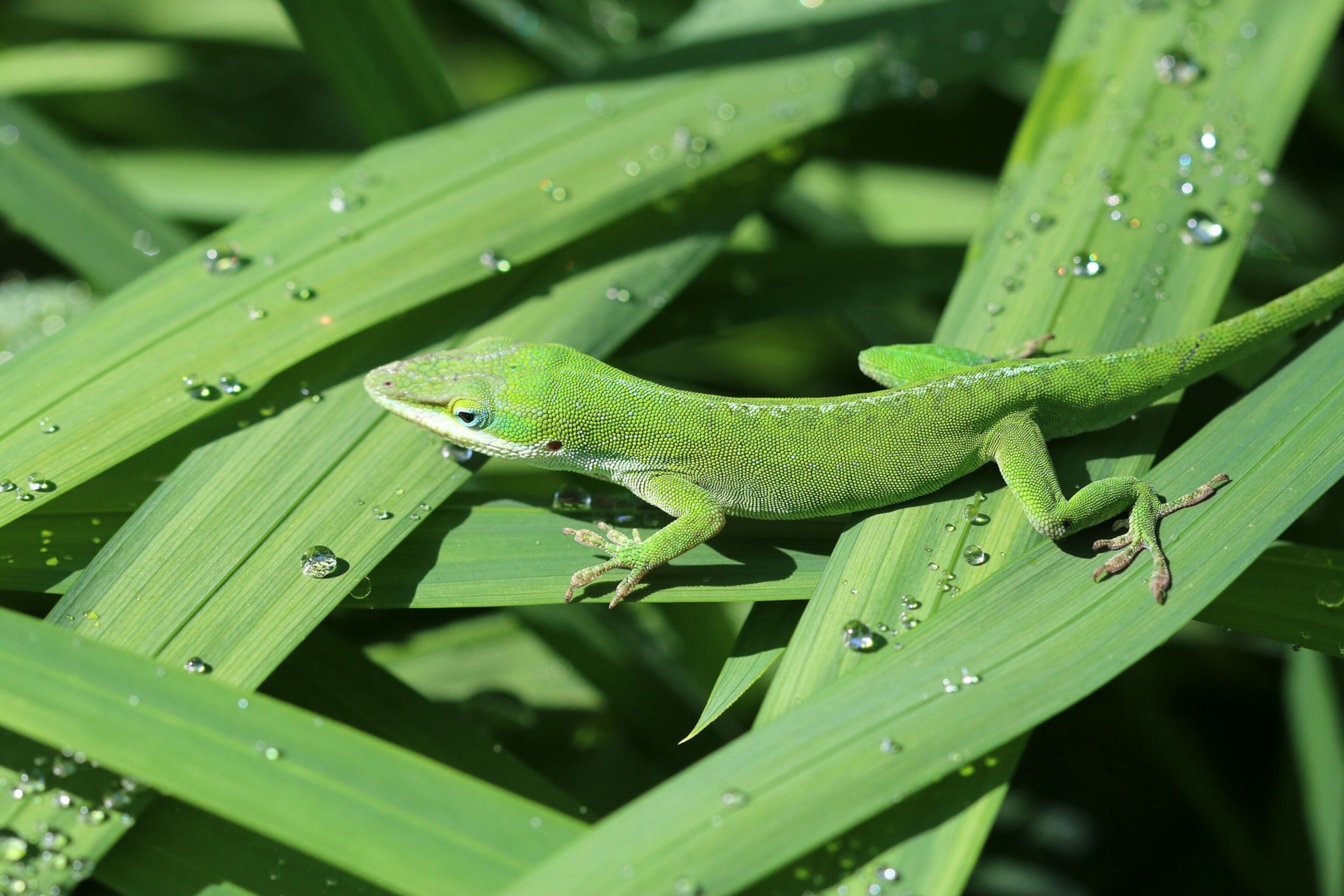

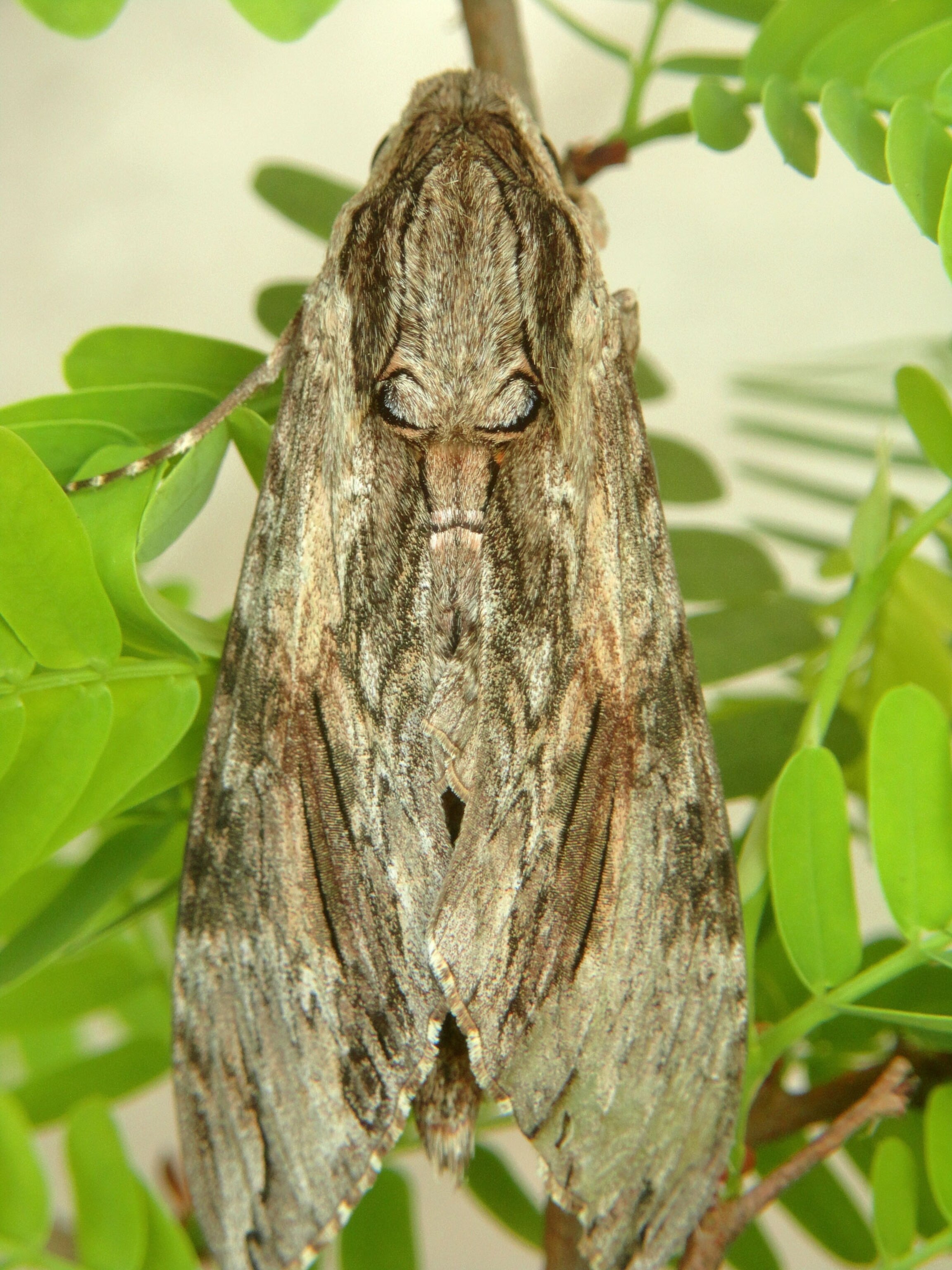








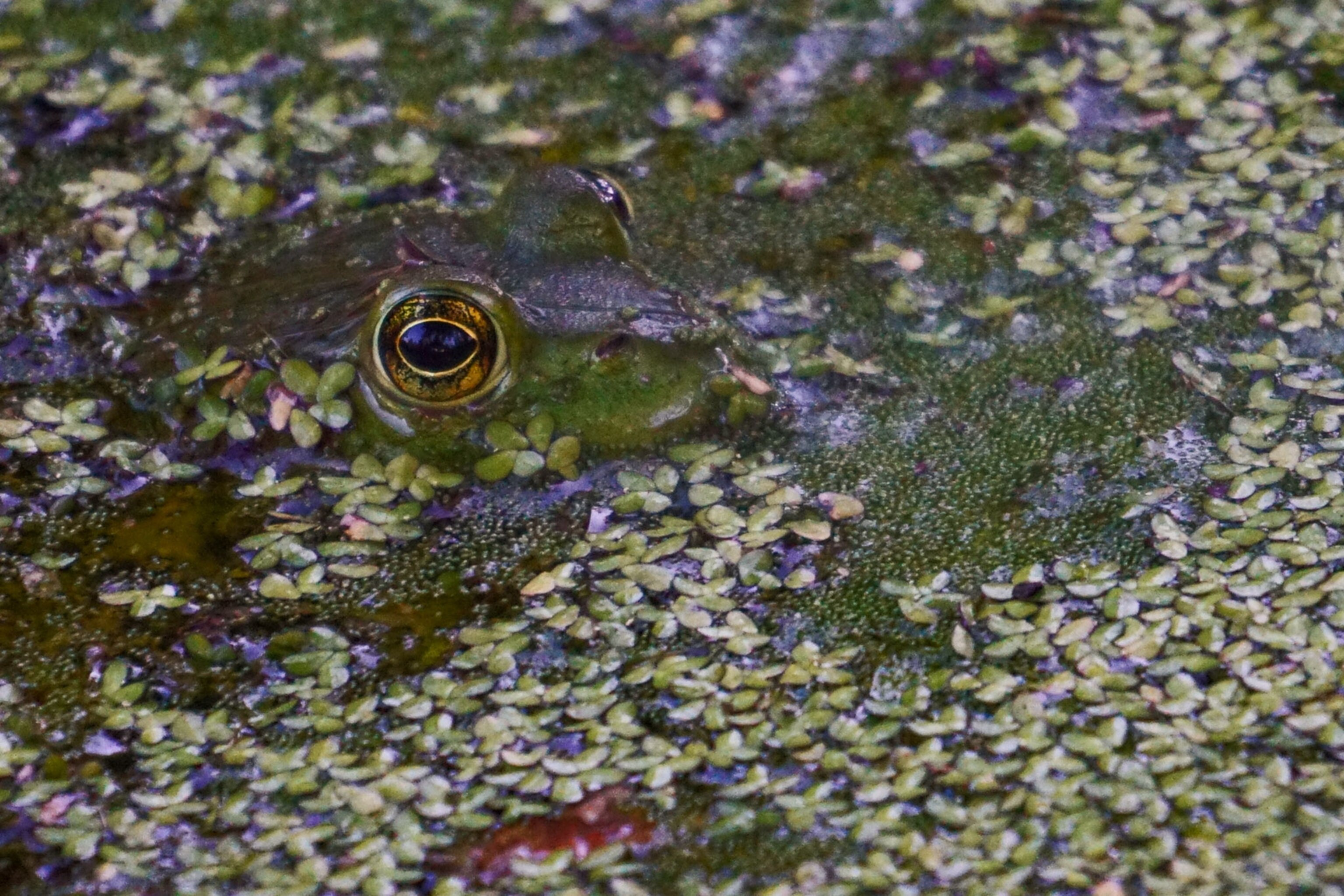

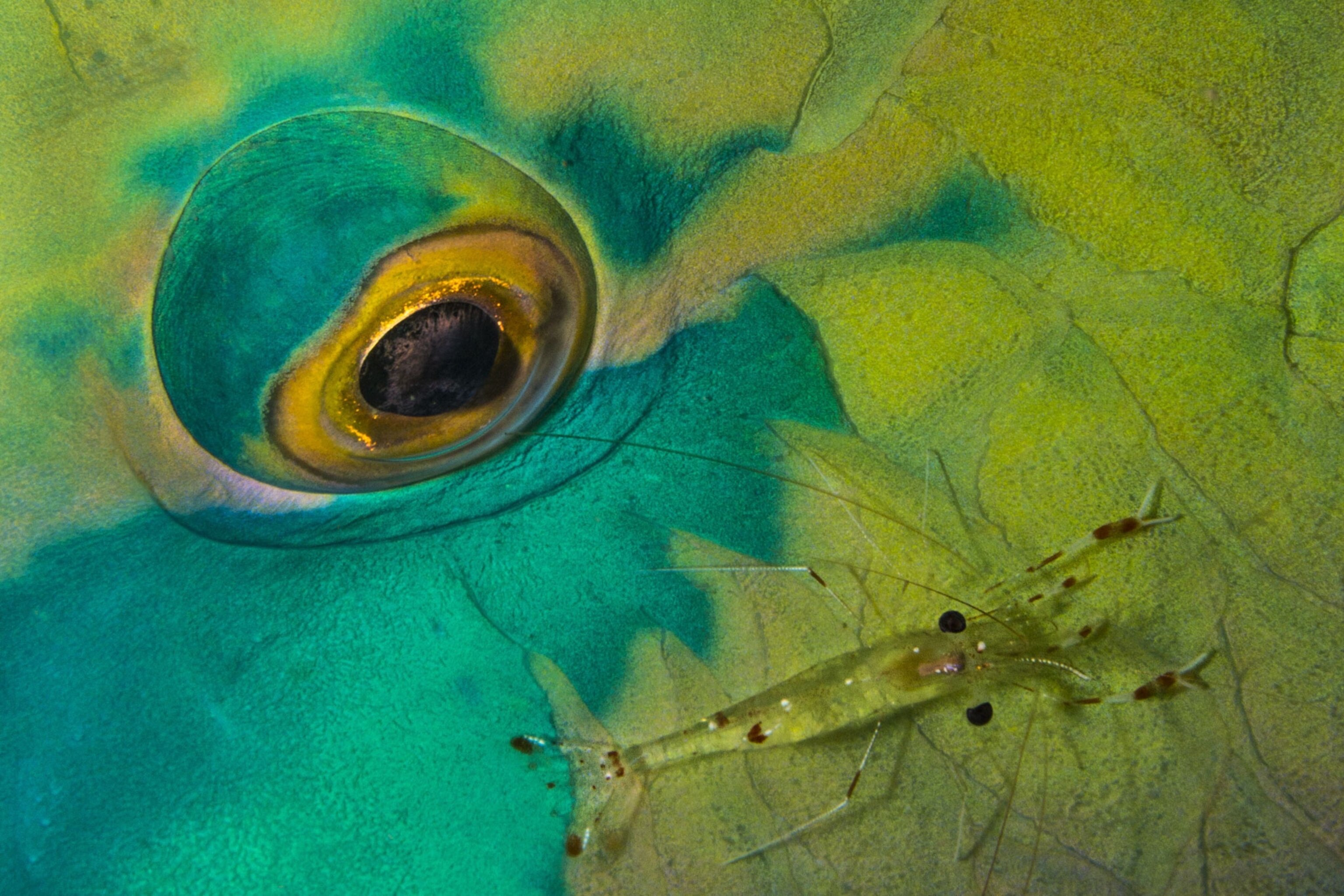




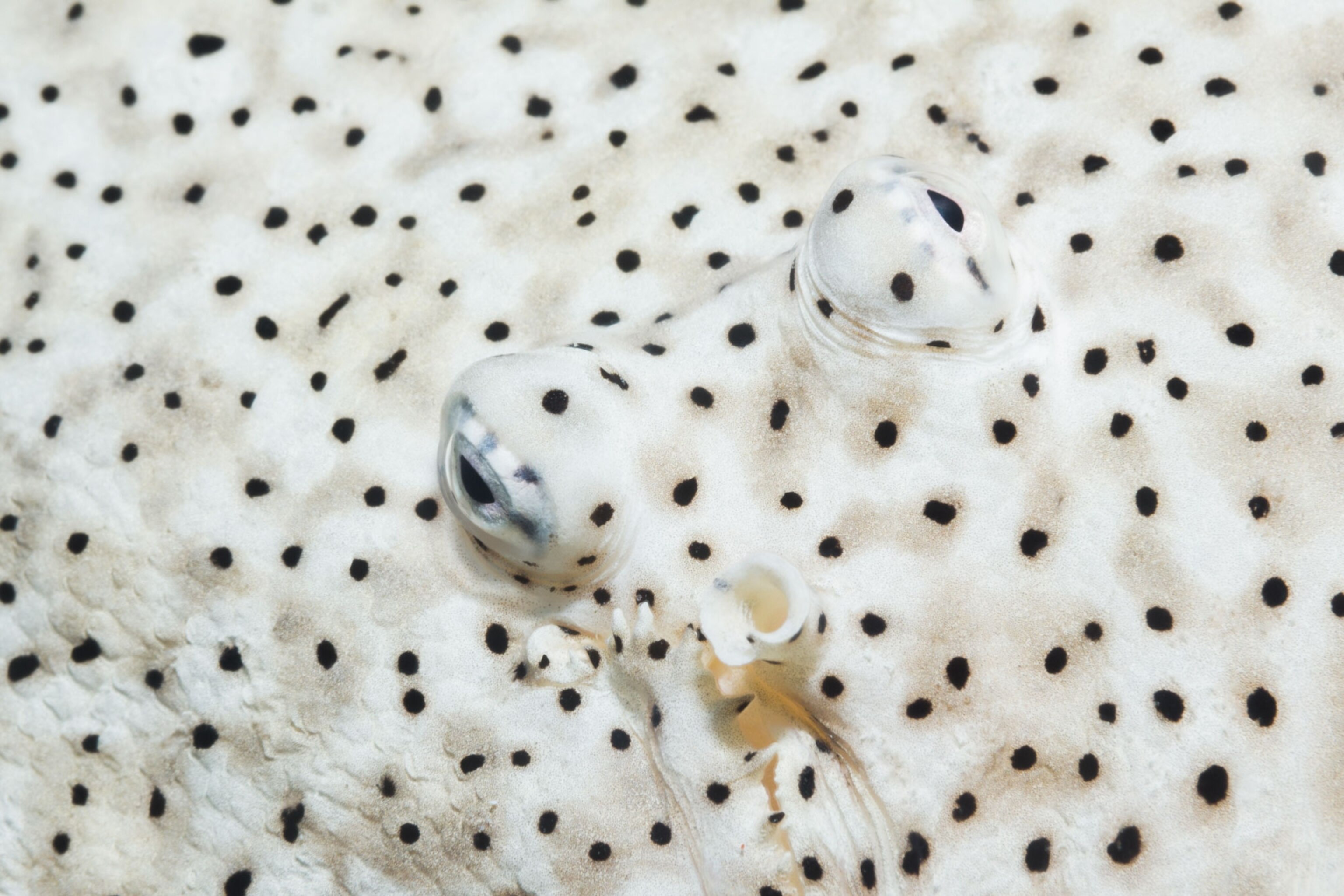




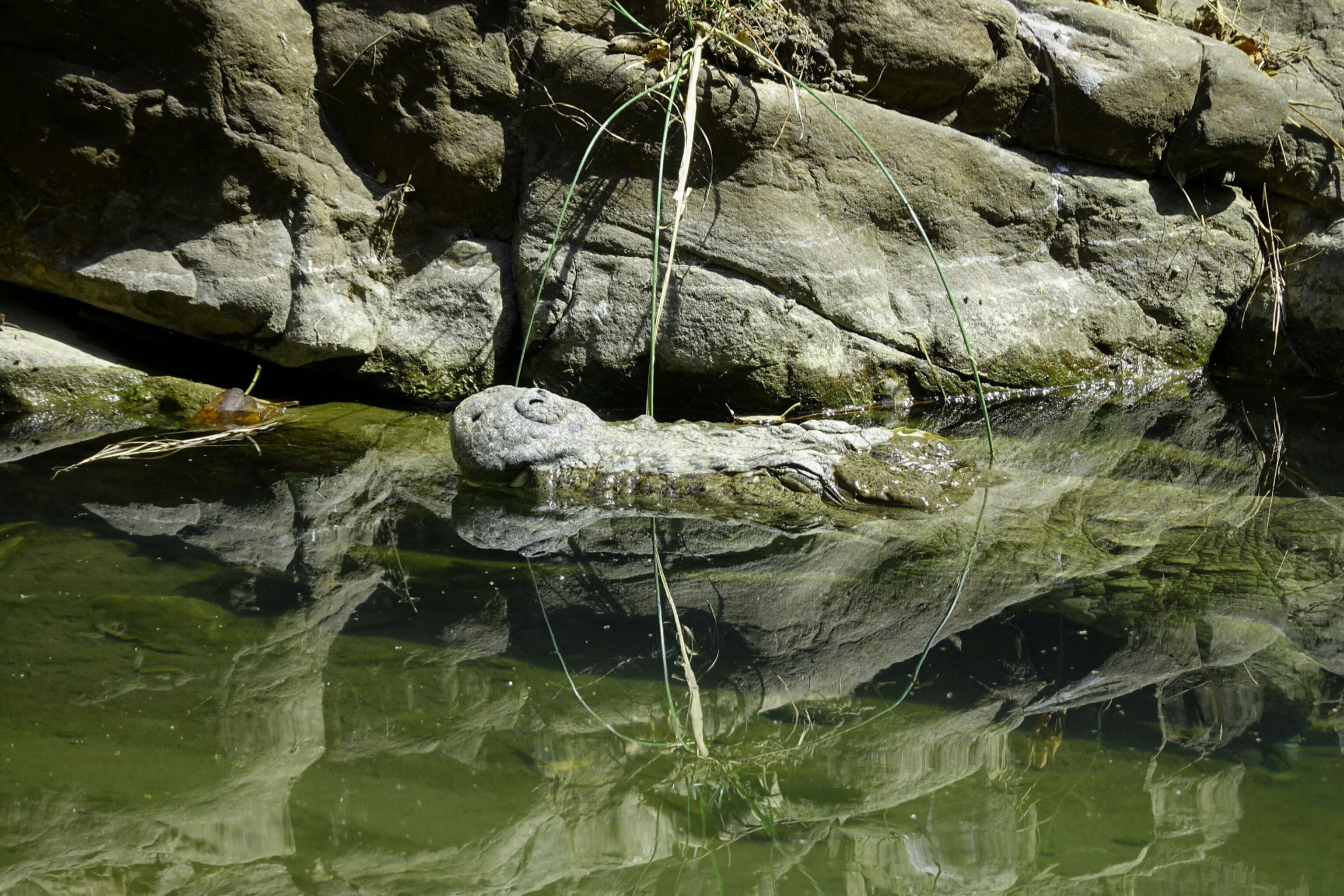
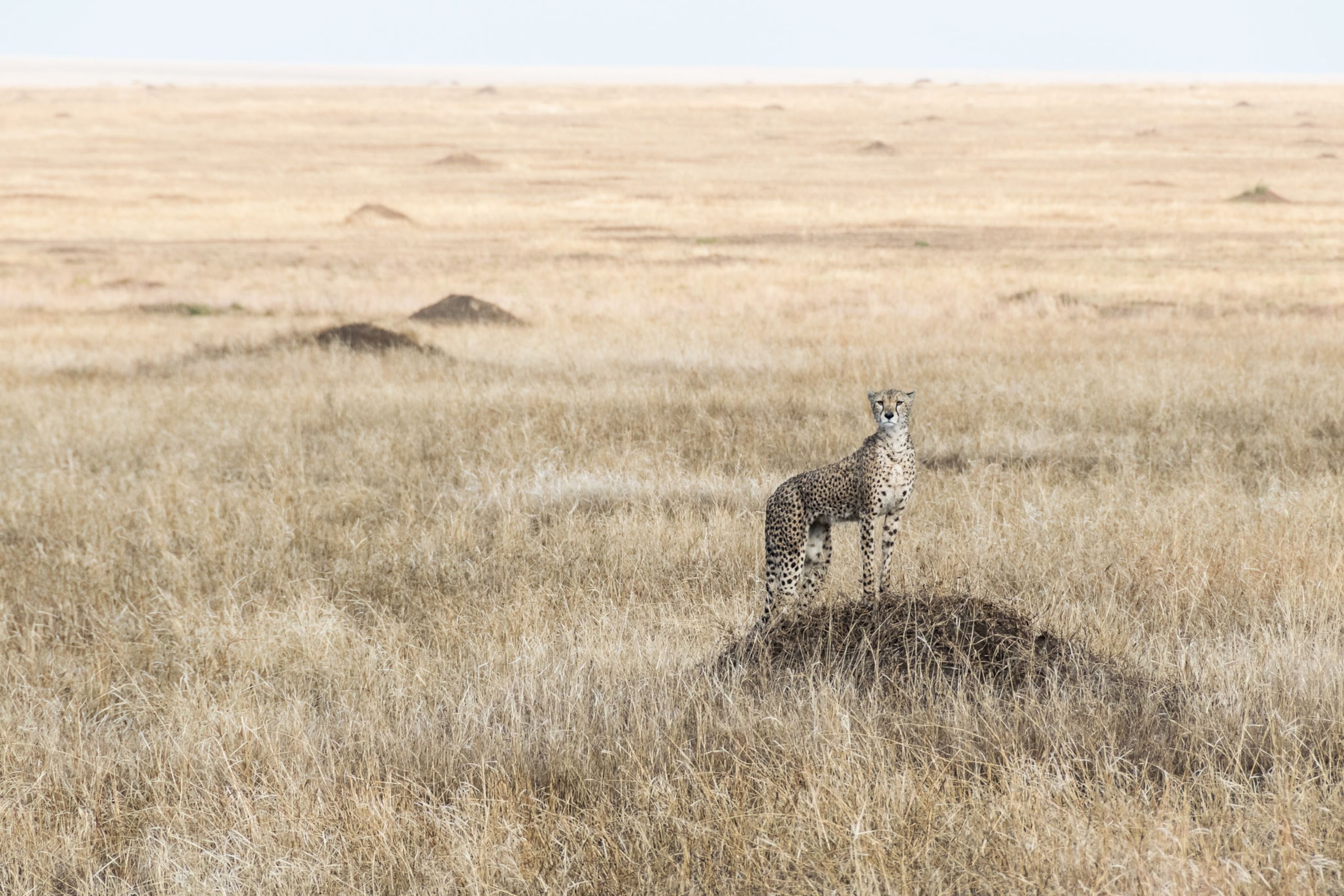

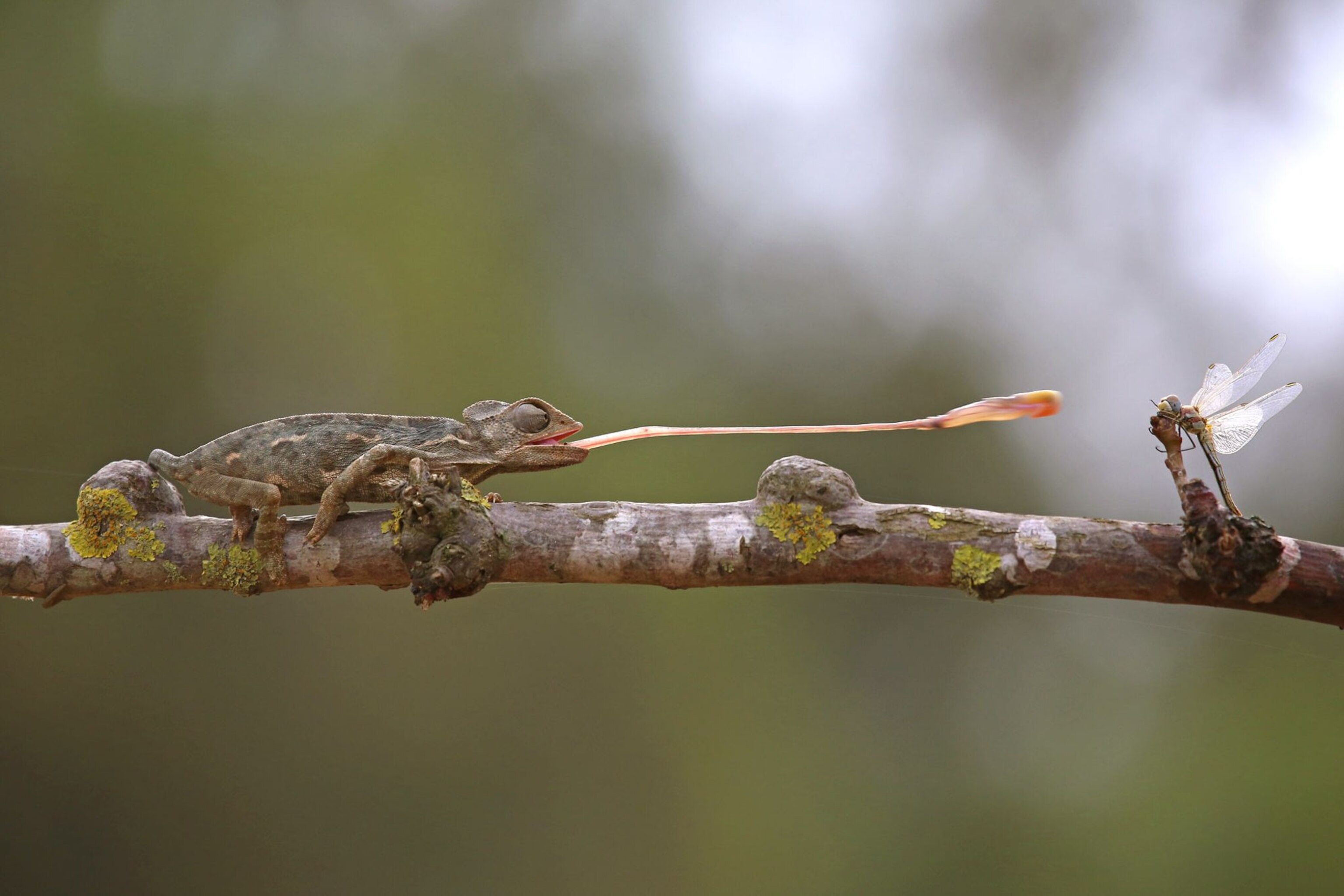
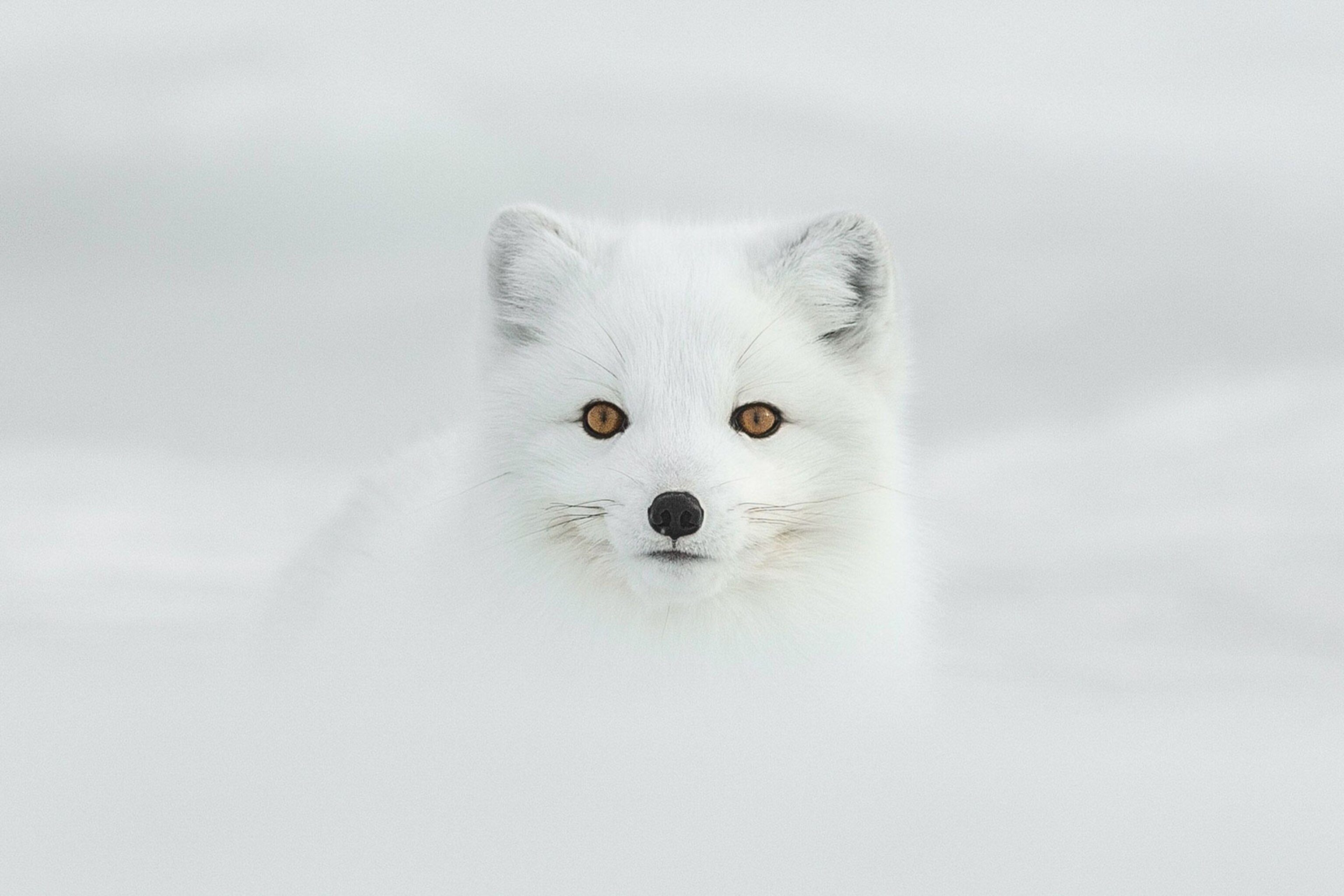
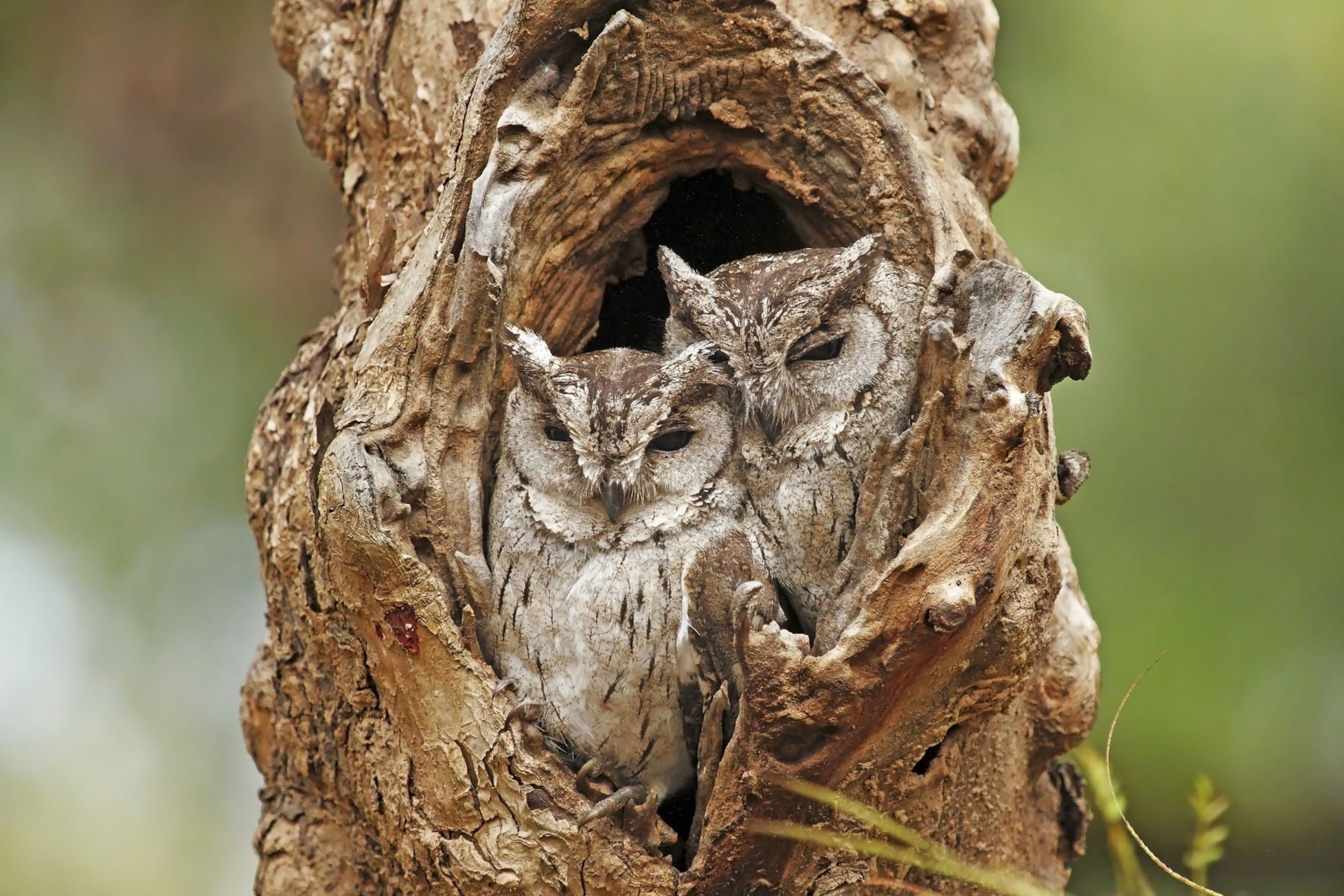






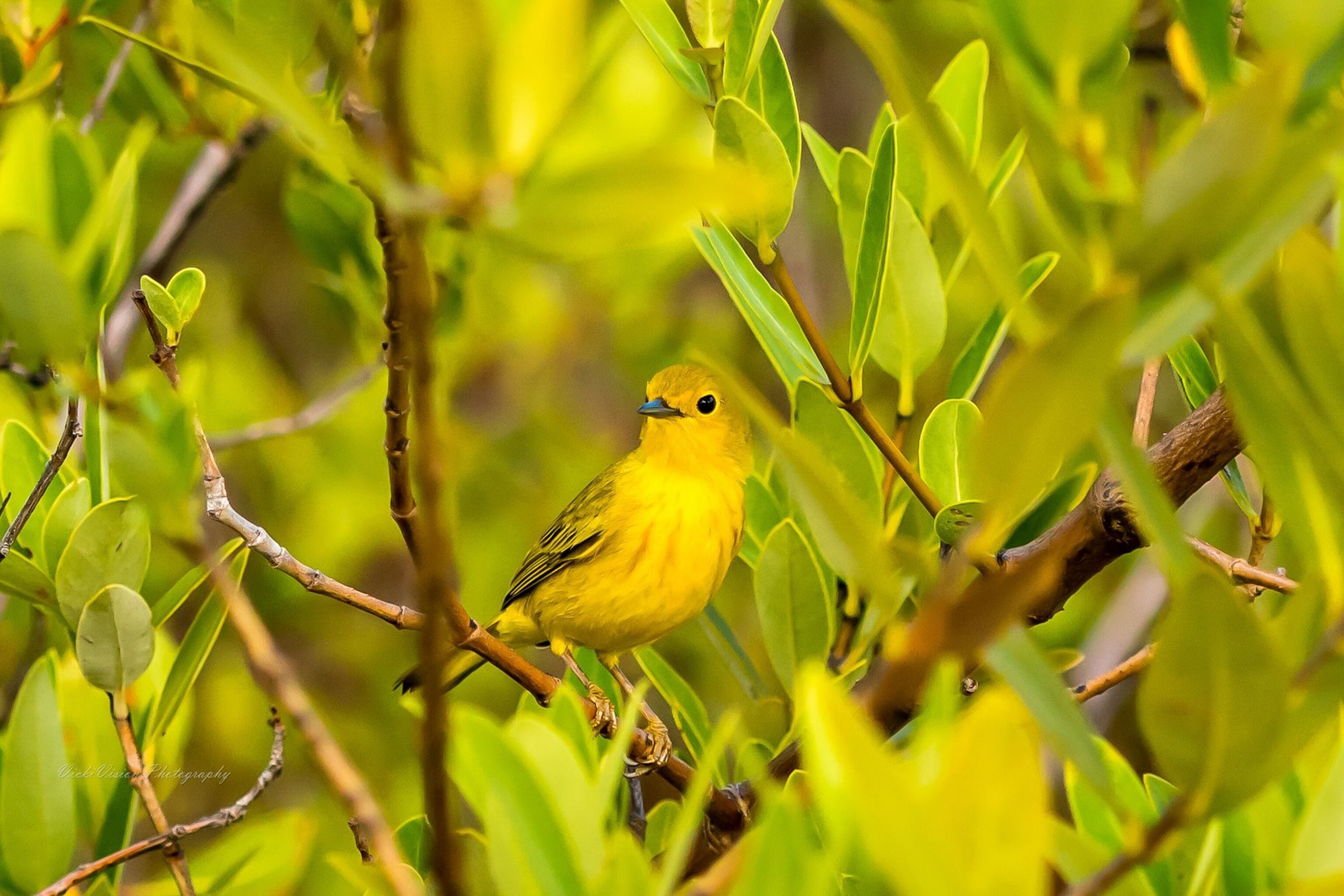




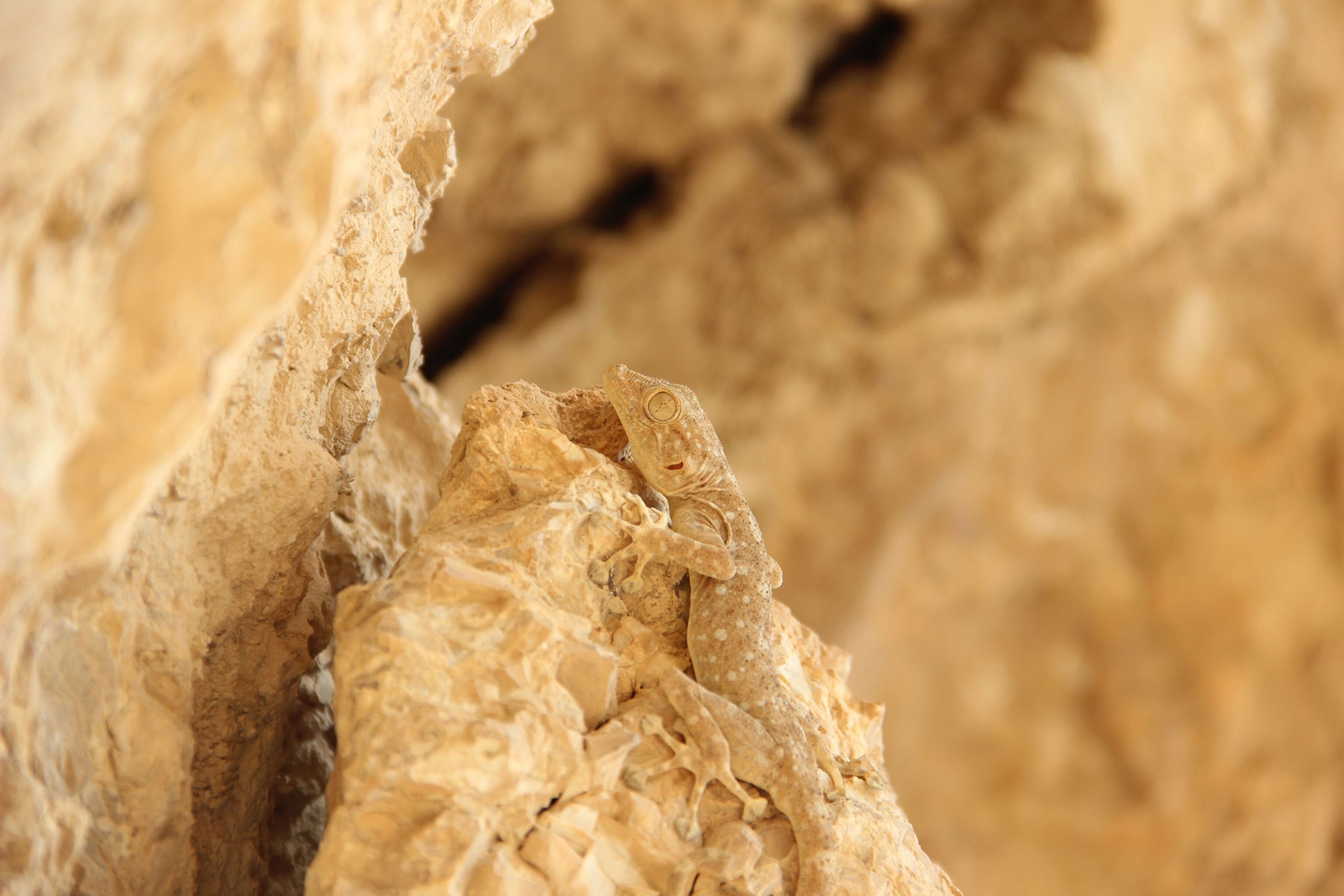





Can you Spot The Animals Hidden in These Photos?
From leafy seadragons hidden among coral to vipers submerged in sand, see all the ways animals conceal themselves in nature.
While some animals defend themselves with sharp claw and powerful bites, others prefer a subtler approach to self-preservation.
Animals all around the world in diverse environments use the visual technique of camouflage. Animals such as bobcats conceal themselves in tall grass; the white fur of the arctic fox renders it virtually invisible against a snow-covered backdrop. Chameleons, perhaps nature’s most famous masters of disguise, can change the color of their skin, in part to match their surroundings. (Find out what happens when chameleons look in a mirror.)
Many animals also use mimicry, a form of camouflage that entails acting like another object or organism. Few animals are more talented mimics than walking sticks, which have disguised themselves as twigs and leaves for the past 126 million years.
The walking sticks’ longtime disguises are a matter of survival. One study published in 2014 suggested that, with the arrival of the first birds and mammals, insects quickly began to mimic plants as a form of survival. (Read more about the study.)
Camouflage is also effective for more than avoiding the hungry eyes of predators. Some predators such as vipers and bobcats blend into their surroundings, allowing them to more effectively sneak up on their prey.
Look through the photos above to see if these animals' disguises fool you.
You May Also Like
Go Further
Animals
- This ‘saber-toothed’ salmon wasn’t quite what we thoughtThis ‘saber-toothed’ salmon wasn’t quite what we thought
- Why this rhino-zebra friendship makes perfect senseWhy this rhino-zebra friendship makes perfect sense
- When did bioluminescence evolve? It’s older than we thought.When did bioluminescence evolve? It’s older than we thought.
- Soy, skim … spider. Are any of these technically milk?Soy, skim … spider. Are any of these technically milk?
- This pristine piece of the Amazon shows nature’s resilienceThis pristine piece of the Amazon shows nature’s resilience
Environment
- This pristine piece of the Amazon shows nature’s resilienceThis pristine piece of the Amazon shows nature’s resilience
- Listen to 30 years of climate change transformed into haunting musicListen to 30 years of climate change transformed into haunting music
- This ancient society tried to stop El Niño—with child sacrificeThis ancient society tried to stop El Niño—with child sacrifice
- U.S. plans to clean its drinking water. What does that mean?U.S. plans to clean its drinking water. What does that mean?
History & Culture
- Séances at the White House? Why these first ladies turned to the occultSéances at the White House? Why these first ladies turned to the occult
- Gambling is everywhere now. When is that a problem?Gambling is everywhere now. When is that a problem?
- Beauty is pain—at least it was in 17th-century SpainBeauty is pain—at least it was in 17th-century Spain
- The real spies who inspired ‘The Ministry of Ungentlemanly Warfare’The real spies who inspired ‘The Ministry of Ungentlemanly Warfare’
- Heard of Zoroastrianism? The religion still has fervent followersHeard of Zoroastrianism? The religion still has fervent followers
Science
- Here's how astronomers found one of the rarest phenomenons in spaceHere's how astronomers found one of the rarest phenomenons in space
- Not an extrovert or introvert? There’s a word for that.Not an extrovert or introvert? There’s a word for that.
- NASA has a plan to clean up space junk—but is going green enough?NASA has a plan to clean up space junk—but is going green enough?
- Soy, skim … spider. Are any of these technically milk?Soy, skim … spider. Are any of these technically milk?
- Can aspirin help protect against colorectal cancers?Can aspirin help protect against colorectal cancers?
Travel
- What it's like to hike the Camino del Mayab in MexicoWhat it's like to hike the Camino del Mayab in Mexico
- Is this small English town Yorkshire's culinary capital?Is this small English town Yorkshire's culinary capital?
- This chef is taking Indian cuisine in a bold new directionThis chef is taking Indian cuisine in a bold new direction
- Follow in the footsteps of Robin Hood in Sherwood ForestFollow in the footsteps of Robin Hood in Sherwood Forest




